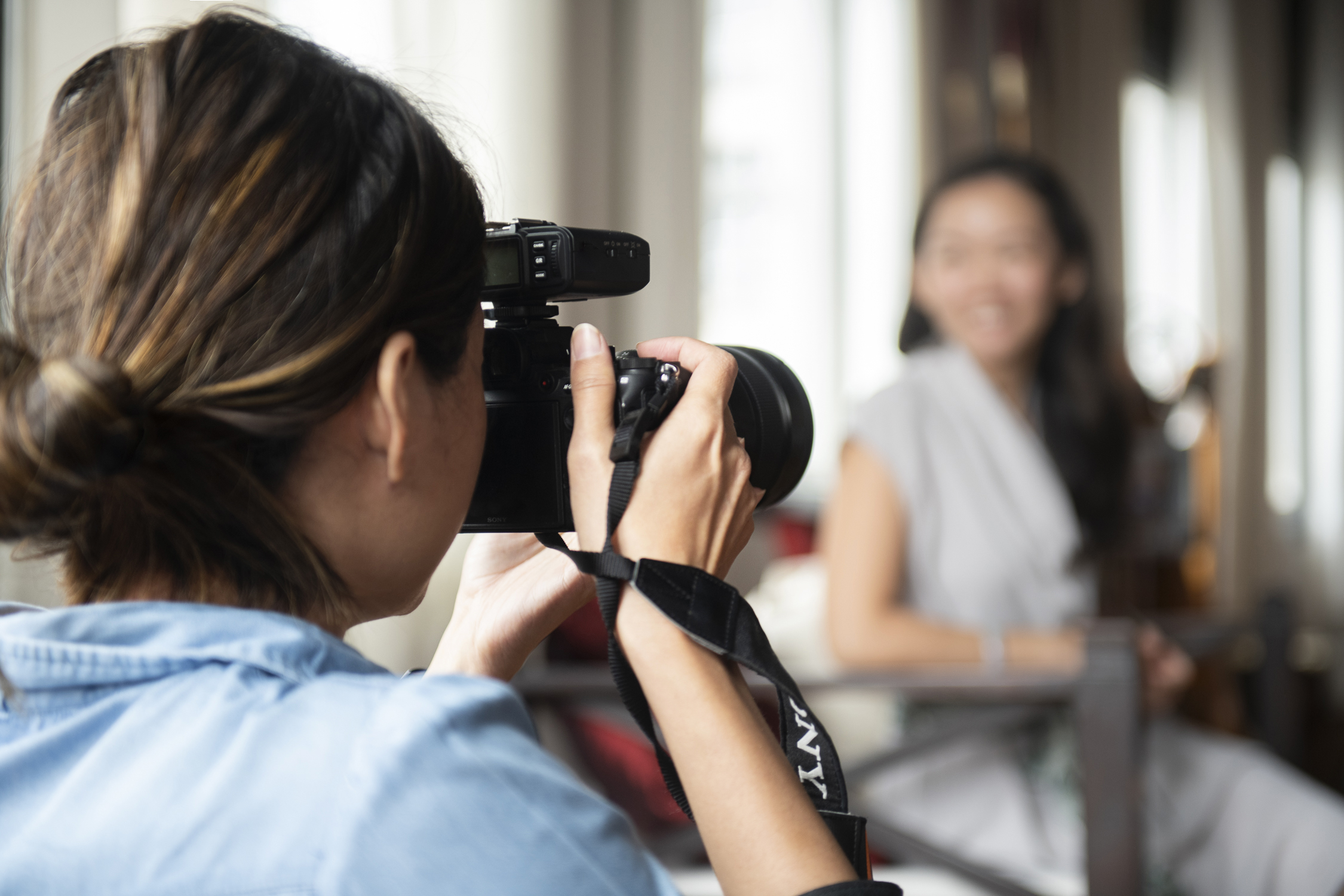
In today’s visually-driven world, a company's image is often first communicated through its photographs. From your website and social media profiles to press releases and internal communications, high-quality corporate photography plays a vital role in shaping how clients, partners, and employees perceive your business.
A polished, professional image conveys credibility, confidence, and attention to detail—traits every successful organization strives to project. However, capturing images that truly reflect your brand’s essence requires more than just snapping pictures. It involves careful planning, understanding your brand, and working with skilled professionals.
event photography and videography, we’ll explore essential tips to help you achieve a polished business image through corporate photography. Whether you’re updating your website, creating marketing collateral, or enhancing your LinkedIn profile, these insights will ensure your visual assets stand out for all the right reasons.
1. Understanding Your Brand and Audience
Before diving into the photoshoot, it’s crucial to have a clear understanding of your brand identity. What values, personality, and message do you want your images to convey? Are you aiming for a formal, authoritative tone or a more approachable, friendly vibe?
Knowing your target audience is equally important. Are your clients corporate executives, young startups, or consumers? Tailoring your photography style to resonate with your audience increases engagement and trust.
Align your visual style—the colors, settings, and poses—with your brand voice. For instance, a tech startup might opt for modern, candid images in casual attire, while a law firm may prefer traditional, formal portraits.
2. Planning Your Photoshoot
Proper planning sets the foundation for high-quality results. Start by defining clear objectives: Are you showcasing your team, your workspace, or your products? Clarify what messages you want each image to communicate.
Choosing the right location is key. A sleek office environment, an outdoor setting, or a studio with controlled lighting can dramatically influence the tone of your images.
Decide on the shoot style:
- Formal portraits for executive bios
- Candid shots capturing authentic interactions
- Lifestyle images portraying your team in action
Assemble a team—hire an experienced photographer familiar with corporate shoots, and if needed, include stylists, makeup artists, or models. Clear communication and coordination are essential to keep the shoot on schedule and aligned with your vision.
3. Preparing for the Photoshoot
Preparation minimizes stress and maximizes efficiency. Select wardrobe options that reflect your brand image and ensure they are clean, well-fitted, and appropriate for the setting. Grooming should be impeccable, especially for headshots and executive portraits.
Props and backgrounds should complement the message—such as branded materials, industry-specific items, or neutral backdrops.
Create a detailed schedule, including outfit changes and breaks. Obtain necessary permits if shooting in public or private locations.
4. Choosing the Right Photographer
Selecting the right photographer is arguably the most critical decision. Look for someone with extensive experience in corporate photographer and a portfolio that aligns with your desired style.
Review their past work, check references, and ensure they understand your brand’s vision. Effective communication is vital; your photographer should listen carefully to your needs and offer creative suggestions.
Discuss budget upfront, but remember that investing in quality images often yields the best returns in brand perception.
5. Composition and Lighting
Great images start with solid composition. Use the rule of thirds, leading lines, and framing techniques to create visually appealing shots.
Lighting is equally important. Natural light offers a soft, authentic look—ideal for candid and lifestyle images. Studio lighting provides control and consistency, perfect for headshots and professional portraits.
Tips:
- Avoid harsh shadows or overexposed areas.
- Use reflectors or diffusers to soften light.
- Ensure subjects are well-lit from multiple angles to avoid unflattering shadows.
6. Posing and Expression
Guide your subjects to pose confidently and naturally. Encourage relaxed postures, genuine smiles, and eye contact that conveys trustworthiness.
Diversity and inclusivity should be prioritized—showcasing a variety of ages, ethnicities, genders, and abilities reflects an authentic and welcoming brand.
Maintain professionalism while fostering a comfortable environment so subjects feel authentic and at ease.
7. Post-Processing and Editing
Post-processing enhances your images, but moderation is key. Aim for natural-looking retouching—removing blemishes, adjusting brightness, and ensuring color consistency.
Establish a cohesive editing style that aligns with your brand’s visual identity. Consistency across images reinforces professionalism and brand recognition.
Avoid over-editing, which can appear artificial and diminish authenticity.
8. Usage and Implementation
Optimize images for various platforms—web, social media, print—by adjusting sizes and resolutions. Ensure your images are high-resolution for print and appropriately compressed for digital use.
Create a visual style guide that maintains consistency across all marketing materials. Incorporate your corporate photos into your website design, social profiles, brochures, and presentations to establish a unified brand image.
9. Common Mistakes to Avoid
Steer clear of these pitfalls:
- Over-editing images, leading to unnatural results
- Ignoring brand alignment—images should reflect your company’s personality
- Poor lighting and composition, which undermine professionalism
- Lack of diversity and inclusivity, limiting your audience reach
Be mindful of these issues to ensure your images reinforce your desired business image.
10. Final Tips for a Polished Business Image
- Regularly update corporate photos to reflect changes in your team or branding.
- Invest in professional photography rather than amateur snapshots.
- Build and maintain a library of high-quality images for ongoing marketing efforts.
- Stay consistent with your visual style to strengthen brand recognition.
Conclusion
Your event photography and videography images are a silent ambassador for your business—making a polished, professional impression is essential in a competitive marketplace. By understanding your brand, planning meticulously, choosing skilled professionals, and paying attention to details like lighting, posing, and editing, you can create compelling visuals that elevate your business image.
Remember, investing in high-quality corporate photography is an investment in your brand’s credibility and success. Prioritize professionalism in every shot, and watch your business reputation flourish.
Let's Connected
Name: Event Photographer Singapore
Address: 7 Temasek Boulevard Suntec Tower One #12-07, Singapore 038987
Phone: +6587333678
Map: https://maps.app.goo.gl/q8fqNhxvhVCiKAAQ6